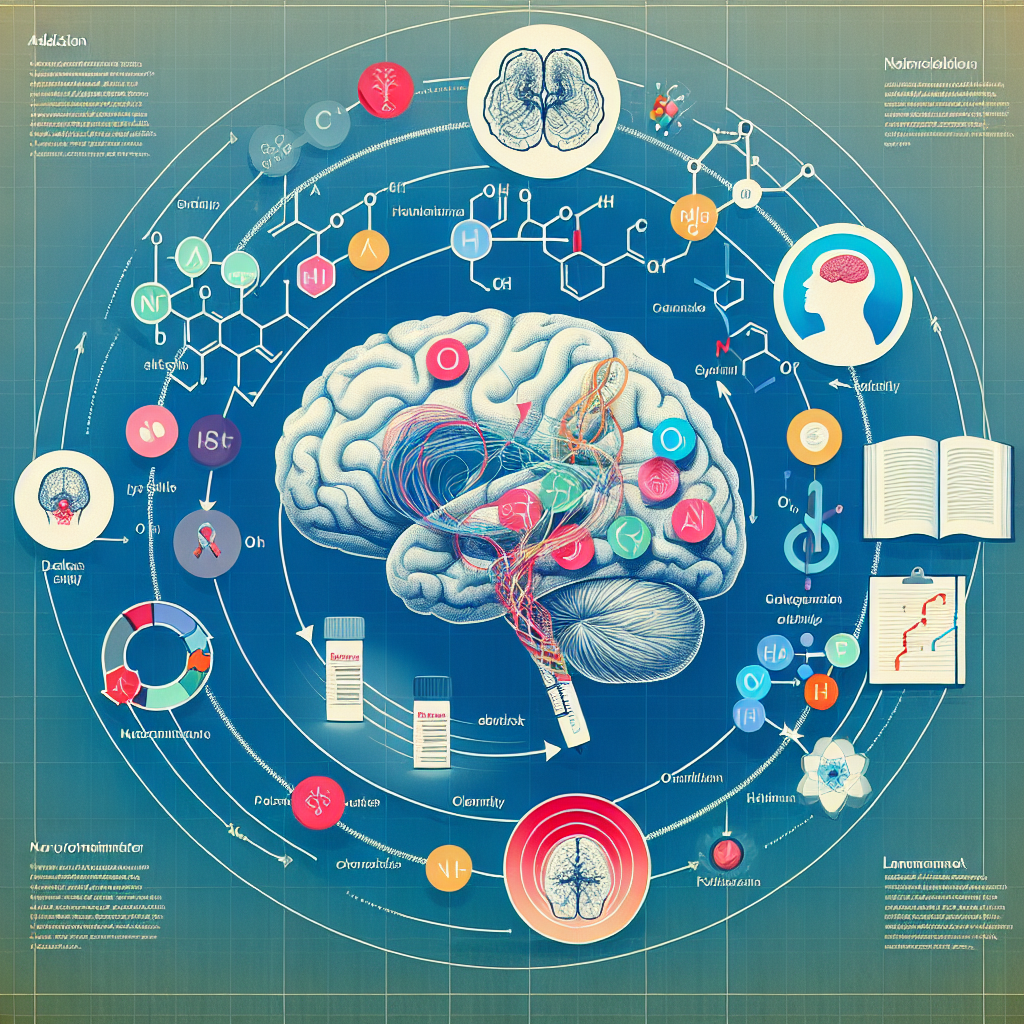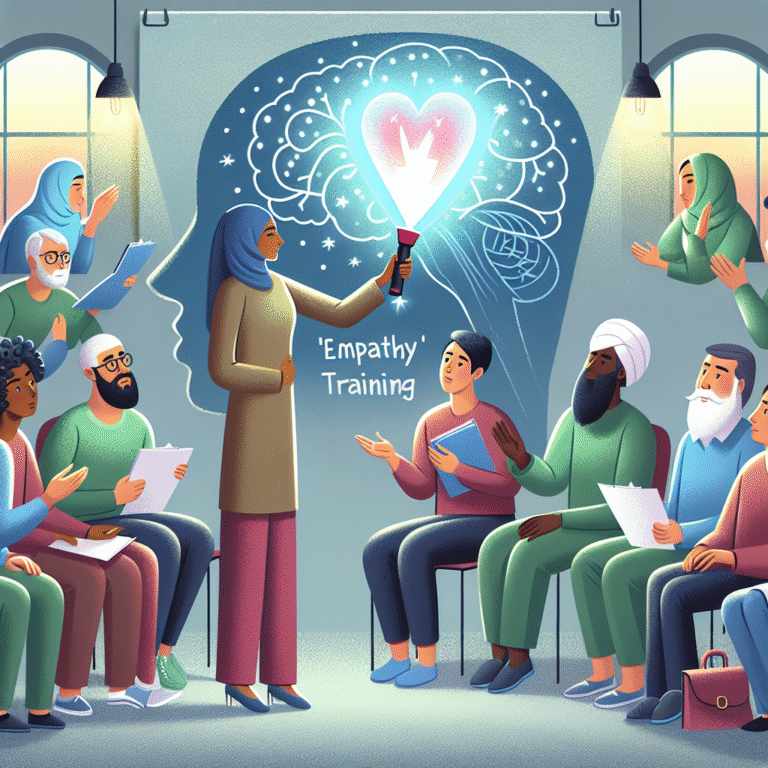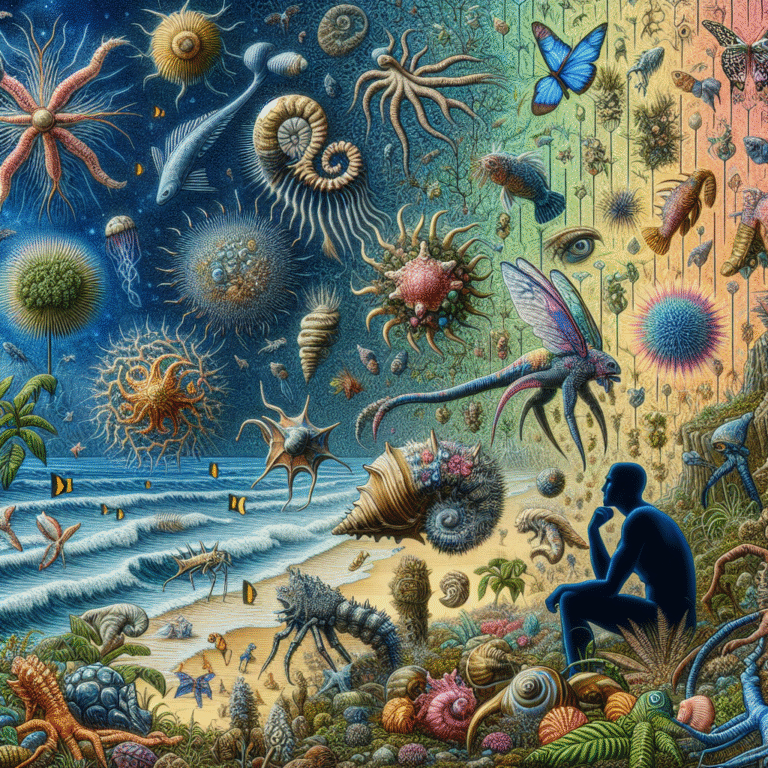
Introduction
Imagine the brain as a bustling metropolis, where each neuron is a building and every neurotransmitter is a vehicle buzzing around a complex highway system. When someone develops an addiction, this once orderly network becomes a chaotic battleground. The Science of Addiction: Brain Chemistry and the Cycle of Dependency reveals how this transformation occurs, shedding light on why some people can use substances recreationally while others spiral into dependency.
Addiction is a multifaceted condition, encompassing social, psychological, and biological facets, yet the science of brain chemistry remains at its core. Understanding these mechanisms is not only essential for treatment but can also empower individuals to break free from their cycles of dependency. This article unpacks the intricate dance of neurotransmitters, hormones, and genetics that define addiction, offering a comprehensive guide to its underlying science.
The Chemical Foundations of Addiction
The Brain’s Reward System
At the heart of addiction lies the brain’s reward system, a network heavily involved in reinforcing behaviors essential for survival, such as eating and socializing. The neurotransmitter dopamine plays a pivotal role here, acting as the primary messenger that signals pleasure.
When an individual engages in a pleasurable activity—like consuming food or using drugs—dopamine levels spike, causing the person to feel a sense of euphoria. This is the first taste of the cycle of dependency outlined in The Science of Addiction: Brain Chemistry and the Cycle of Dependency. However, repeated stimulation of this system via drugs can lead to changes in the brain that diminish sensitivity to dopamine over time.
The Neurotransmitters at Play
Dopamine: The Pleasure Chemical
Dopamine is often heralded as the "feel-good" neurotransmitter. But it’s more than just a feel-good chemical; it’s critical in the reinforcement of behaviors that lead to addiction. When addictive substances are introduced, they hijack the brain’s reward system, leading to compulsive behavior and dependency.
- Case Study: The Rat Park Experiment
- In the 1970s, psychologist Bruce K. Alexander conducted an experiment with rats in an environment that was either enriched (Rat Park) or isolated. Rats in enriched environments were far less likely to engage in behaviors like drug use compared to those in isolation, highlighting the role of environment and mental state in addiction.
- Analysis: This case elucidates how social context and environment can profoundly impact brain chemistry and propensity for addiction, reinforcing the importance of supportive communities in treatment.
Serotonin: The Mood Regulator
While dopamine gets the spotlight, serotonin, another crucial neurotransmitter, also plays a significant role in addiction. It regulates mood and anxiety, and disruptions in serotonin levels can contribute to addictive behaviors. For individuals who use substances to manage anxiety or depression, understanding serotonin’s role can illuminate why addiction can appear as a “solution” to underlying issues.
Glutamate and GABA: The Balancing Act
Glutamate is the brain’s primary excitatory neurotransmitter, while gamma-aminobutyric acid (GABA) acts as the main inhibitory neurotransmitter. The delicate balance between these two is critical for normal brain function. During addiction, this balance can be disrupted, leading to heightened cravings and relapse.
The Genetics of Addiction
Heritability of Addiction
Research shows that genetics can account for nearly 50-60% of a person’s vulnerability to addiction. The Science of Addiction: Brain Chemistry and the Cycle of Dependency underscores that understanding genetic predispositions can inform more tailored treatment approaches.
- *Case Study: The ALDH22 Variant**
- Those with the ALDH2*2 genetic variant metabolize alcohol differently, resulting in unpleasant reactions to drinking. This genetic factor significantly decreases the likelihood of developing alcohol dependency.
- Analysis: Highlighting specific genetics helps underscore the biological basis of addiction susceptibility—crucial for targeted interventions.
Epigenetics: Environmentally Influenced Genetics
Interestingly, environmental factors can influence gene expression through a process called epigenetics. Stress, trauma, and social influences can trigger changes that affect how genes associated with addiction are expressed.
The Cycle of Dependency
Initial Use to Compulsion
The cycle of dependency typically starts with initial use, where the individual experiences pleasurable effects. But as tolerance develops, greater quantities are needed to achieve the same effect. This can lead to compulsive drug-seeking behaviors, characterized by a relentless pursuit of the substance, despite negative consequences.
Withdrawal and Relapse
As dependency deepens, withdrawal symptoms can emerge when not using the substance, further entrenching the cycle. The intense cravings and withdrawal symptoms can make it almost impossible to quit, reinforcing the need to understand The Science of Addiction: Brain Chemistry and the Cycle of Dependency.
- Case Study: Opioid Withdrawal
- Studies show that individuals addicted to opioids experience severe withdrawal symptoms, including pain, vomiting, and anxiety, leading to a high relapse rate.
- Analysis: This case highlights the physical ramifications of addiction and the profound impact of brain chemistry on the psychological aspect of dependency.
Treatment Perspectives: Addressing the Cycle
Pharmacological Treatments
Understanding brain chemistry opens doors to potential pharmacological treatments that can mitigate withdrawal symptoms and reduce cravings. Medications such as methadone and buprenorphine for opioid addiction work by stimulating the same receptors as the addictive substances but in a controlled manner, easing withdrawal symptoms without producing the same euphoric highs.
Behavioral Therapies
Alongside medication, behavioral therapies can change the way individuals think about their substance use and develop coping techniques. Cognitive-behavioral therapy (CBT), for instance, focuses on identifying and modifying negative thought patterns related to addiction.
- Case Study: REACH Program
- The REACH Program (Rehabilitation, Education, and Counseling for Healthy Living) incorporates CBT, addressing both the psychological and chemical aspects of addiction.
- Analysis: This integration of approaches underscores the necessary multifaceted strategy for recovering from dependency by harmonizing behavioral and chemical interventions.
Moving Forward: Key Takeaways and Actionable Insights
Understanding The Science of Addiction: Brain Chemistry and the Cycle of Dependency is not just academic; it’s personal and practical. Here are some actionable insights:
Seek Support: Surround yourself with a supportive community. Engaging in group therapy or support groups can provide the social connections that buffer against relapse.
Educate Yourself: Knowledge is empowering. Learning about how addiction works and what triggers your cravings can help you take back control.
- Focus on Holistic Approaches: Consider integrating nutrition, exercise, and mindfulness into your recovery process. These can positively alter brain chemistry.
FAQs Section
1. What role does dopamine play in addiction?
Dopamine is a crucial neurotransmitter that reinforces pleasurable activities. It is released during rewarding experiences, and the overuse of addictive substances can lead to imbalances that create dependency.
2. How can genetics influence addiction?
Approximately 50-60% of a person’s vulnerability to addiction is influenced by genetics, affecting their brain’s response to substances and propensity for dependency.
3. What are common withdrawal symptoms?
Common withdrawal symptoms can include nausea, anxiety, insomnia, and physical pain. Understanding these is crucial for managing addiction recovery.
4. Can addiction be treated effectively?
Yes, a combination of pharmacological treatments and behavioral therapies can effectively address the complexities of addiction and improve recovery outcomes.
5. How do environmental factors play a role in addiction?
Environmental factors, including stress and trauma, can influence brain chemistry and trigger addictive behaviors, underscoring the interplay between genetics and environment.
Conclusion
The journey to understanding The Science of Addiction: Brain Chemistry and the Cycle of Dependency reveals a complex interplay between neural pathways and individual circumstances. Recovery is not simply a matter of willpower—it involves an intricate understanding of how our brains process pleasure and pain. By fostering awareness, community support, and integrating holistic treatments, it is possible to break the cycle of dependency and promote lasting recovery. Each step taken is a powerful action against a complex challenge, reminding us that hope and healing are always within reach.











